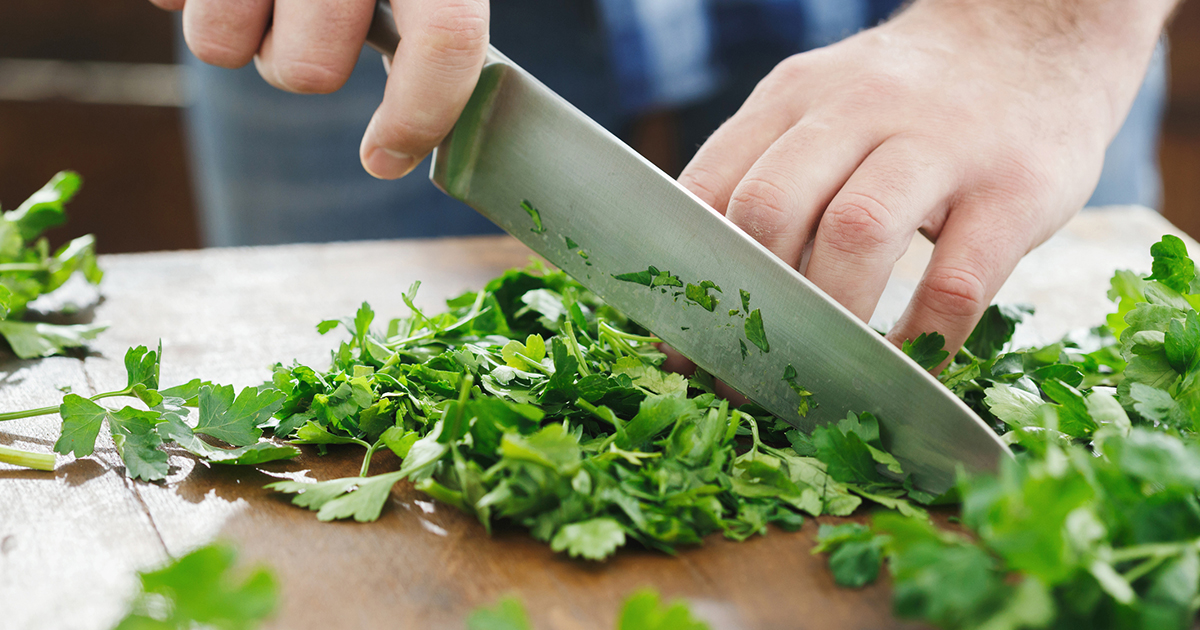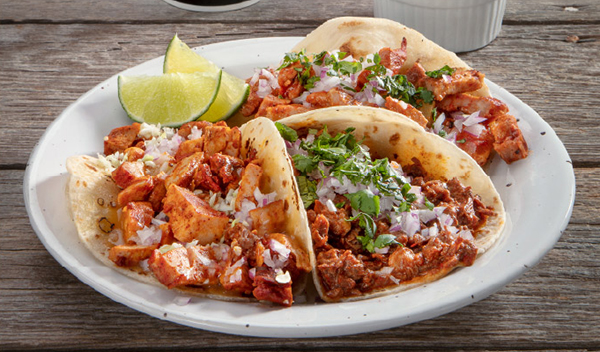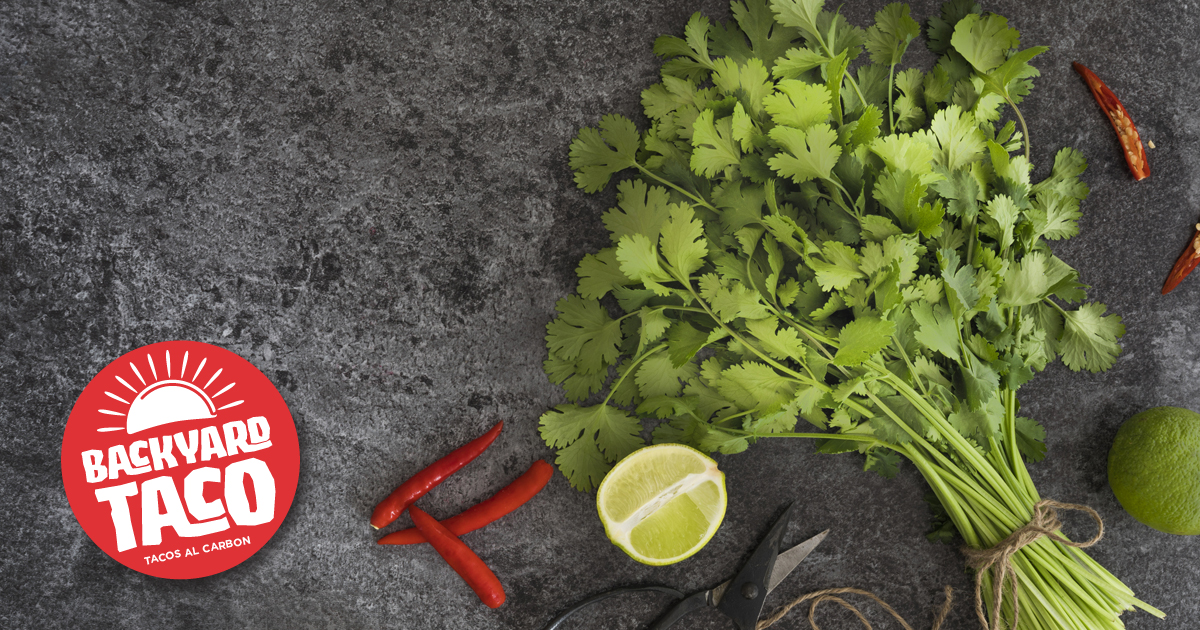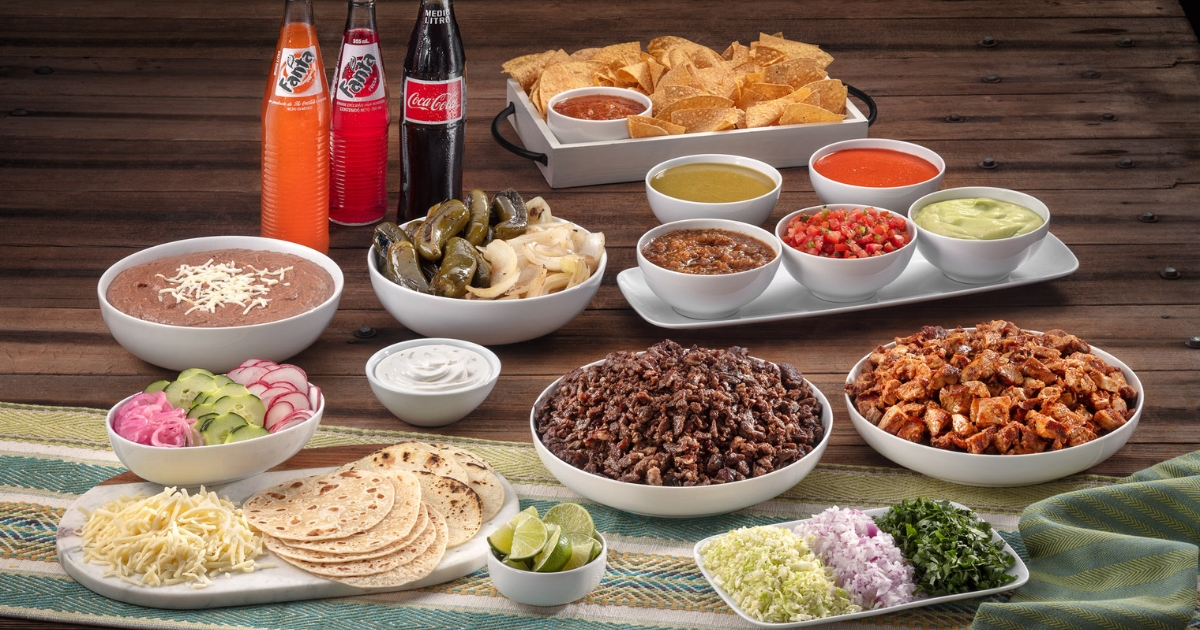Herbs have long been used to provide medicinal benefits and add flair to dishes served across all cultures. And no herb stands out more in Mexican cuisine than cilantro. For many, their first encounter with cilantro is through a sizzling authentic Mexican dish such as fajitas or tostadas. Cilantro is also a staple for salsas and guacamole. To answer the popular question, “is cilantro common in Mexican food?” the clear answer is, you better believe it. Not only is cilantro common, but it is also a necessity for a full-flavor experience of many classic dishes. To understand the impact that cilantro has had on Mexican cuisine, it is beneficial to explore the history of how cilantro came to find itself as one of the most popular herbs across numerous Mexican dishes.
Early History of Cilantro
Cilantro is a term that refers to coriander leaves, a popular herb whose seeds are commonly used as a spice. Like many great things, we don’t quite know the exact origins of how this herb came to be. We know that it dates as far back as the reign of ancient Egyptian pharaohs. Even King Tut was found with the herb in his burial chambers, and there are written references to the herb throughout early history. It is believed that cilantro use began in the Mediterranean and southwestern Europe, dating back to 6,000 B.C. It is believed that ancient Greeks and Egyptians considered coriander an aphrodisiac, and there is evidence that it was used to make medicine to help alleviate muscle pain and symptoms of arthritis.
Trade routes changed the way people experienced the world, providing spices and herbs that had never been experienced before. Cilantro was one herb that found its root in multiple different cultures, including Indian and Chinese cuisine. Mexico was finally introduced to this fragrant, versatile herb in the 1500s by Spanish conquistadors. This was also a time of introduction for other ingredients now considered staples of Mexican cuisine, including chicken, pigs, cattle, rice, wheat, and cinnamon.
In the 1670s, the British brought cilantro to North America, furthering its global reach. While many cultures appreciated and incorporated the herb into their cooking, Mexican culture fully embraced this herb as a staple in many of their dishes.
Why Is Cilantro Used in Mexican Food?
Cilantro has a constant presence in the food and culture of Mexico. It is widely available and continues to be a highly exported item around the world. In Mexico, it is simply everywhere. Cilantro became one of the classic taco toppings, along with chopped onions. It is also a perfect herb choice because it pairs well with both meat and seafood. This makes it a versatile option for a wide range of popular Mexican dishes.
Mexican food has long been associated with vibrant flavors and textures. The ingredients may be simple, but they can be elevated to exceptional culinary heights. Mexicans have a long history of using aromatic herbs in their cooking. Cilantro was able to naturally pair and elevate many dishes that were already part of Mexican culture.
While there is no set reason as to why cilantro is used in Mexican food, it could be attributed to the way it helps to balance the spice and bold flavors associated with many popular dishes. It is a testament to how even the smallest ingredient can make a huge difference in taste and experience.
Health Benefits of Cilantro

Cilantro does boast some pretty amazing health benefits, too, for those who enjoy this herb in their favorite dishes.
These benefits include:
- Boost in Vitamin K – This helps blood to coagulate, preventing excessive bleeding from any injury
- Good source of Vitamin C – Vitamin C is essential for the growth, development, and repair of all body tissue
- Boost in Vitamin A – Vitamin A is essential in helping to maintain kidney function as well as retina function
- Helps control blood sugar and free radicals
Cilantro has long been used for its anti-inflammatory properties. Cineole and linoleic acid are two compounds that are found in cilantro and can help reduce swelling in the joints and surrounding tissues. It has also been shown to help lower LDL cholesterol, also referred to as bad cholesterol. Cilantro continues to boast several different health benefits, from settling nausea, preventing heartburn, alleviating digestion issues, and so much more. Cilantro can not only enhance your favorite food dishes, but it can also prove beneficial to your overall health.
Why Do Some People Hate Cilantro?
One of the most interesting discoveries about cilantro was how differently the herb can be experienced by taste and smell for certain individuals. For many, cilantro tastes bright and fresh, providing a hint of citrus that pairs perfectly with the bold spices and flavors associated with some of the most popular Mexican dishes. However, for some, it tastes metallic and almost like soap. This is much more than a decision of personal taste; the cause can actually be genetic.
If you’re one of the unfortunate ones who simply can’t enjoy the taste of cilantro, you can still enjoy the bold, fresh flavors of authentic Mexican food. Dill or parsley make suitable alternatives that can provide a similar flavor profile to cilantro. Just don’t forget to order your dish without!
Experiment With Cilantro
If you haven’t incorporated cilantro into your own dishes, you are missing out. Cilantro is not only a staple for Mexican dishes, but it is also the star in many Indian, Vietnamese, Chinese, and European dishes. Cilantro is a versatile herb that pairs well with different meats, vegetables, starches, and spices. You’ll love what a pinch of cilantro can do for any of your meals.
You’ll be able to find cilantro easily at most grocery stores and can even easily grow your own! Add it to your rice, salads, stir-fries, stews, soups, and of course, your favorite Mexican dish. Cilantro can provide a zesty citrus flair that pairs well with any dish that has a kick to it.
Enjoy the Herb of Mexico
 Cilantro has found its home in Mexican cuisine. Its bright, fresh flavor blends perfectly with the bold flavors of popular Mexican dishes. Mexican dishes are often associated with spice, turning up the heat to provide an unmatched flavor profile. Cilantro turned out to be the best herb to pair with these bold flavors. Flavor-wise it brings a hint of fresh, vibrant citrus. As a health benefit, it helps prevent heartburn and soothe digestion, ensuring a great overall experience.
Cilantro has found its home in Mexican cuisine. Its bright, fresh flavor blends perfectly with the bold flavors of popular Mexican dishes. Mexican dishes are often associated with spice, turning up the heat to provide an unmatched flavor profile. Cilantro turned out to be the best herb to pair with these bold flavors. Flavor-wise it brings a hint of fresh, vibrant citrus. As a health benefit, it helps prevent heartburn and soothe digestion, ensuring a great overall experience.
Backyard Taco is proud to provide authentic Mexican food and flavors. We love the way cilantro can transform a simple bowl of ingredients into a full experience of comfort and satisfaction.
Check out our shop for taco t-shirts and more that show your passion for all things Mexican cuisine, and don’t forget the cilantro the next time you order from us.

Dr. Tyler loves tacos! He is one of the owners of Backyard Taco, and can sometimes be found moonlighting there at night or on the weekends.
Dr. Tyler Robison is an alum of Mesa’s Mountain View High School. He graduted from Brigham Young University before being accepted to the “Top Ten-nationally ranked” University of Louisville in Kentucky, where he earned his Doctorate in Dental Medicine and a Master’s Degree in Oral Biology. He graduated with honors in the top ten percent of his class. Dr. Robison continued at the University of the Pacific in San Francisco, where he received a second master’s degree in dental science and his orthodontic certification.
Dr. Tyler enjoys serving in his community. He is a provider for the Smile Back Foundation, which offers scholarships for free dental treatment to underprivileged East Valley students. He is also a Major in the U.S. Army Reserve and served during Operation Enduring Freedom in 2008.
Dr. Tyler Robison’s favorite pastimes include spending time with his family on the lake, at the beach, or on the slopes. He is an avid and crazy snowboarder! He has three incredible sons and one sweet daughter: Caden, Jace, Crew, and Bliss.





